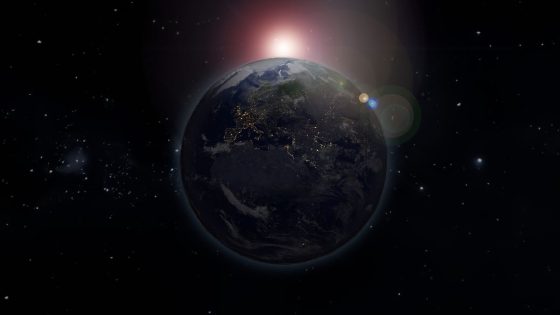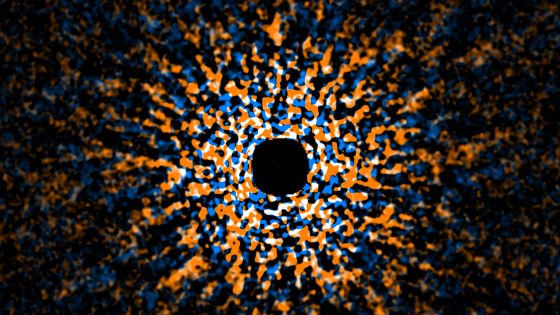On July 3, 2025, at 3:54 pm ET, Earth will reach its aphelion, the furthest point from the Sun in its annual orbit. This elliptical journey means that while Earth is farther from the Sun, it does not dictate our seasons; that role belongs to the tilt of our planet.
- Aphelion occurs on July 3, 2025.
- Earth’s orbit is elliptical, not circular.
- Perihelion happens around January 3, 2026.
- Seasons are caused by Earth's axial tilt.
- Jupiter and Saturn influence Earth's orbital shape.
- Current summer is longer than winter by 4.66 days.
Interestingly, during aphelion, Earth is about 152 million kilometers (94 million miles) from the Sun, while at perihelion, occurring around January 3, 2026, we are approximately 5.1 million kilometers closer. So, why is it summer in the Northern Hemisphere when we’re at our furthest point from the Sun? This phenomenon is a fascinating aspect of Earth’s complex orbital mechanics.
This raises an intriguing question: how does the shape of Earth’s orbit influence seasonal lengths? The elliptical nature of our orbit contributes to variations in seasonal duration, leading to noticeable differences in summer and winter lengths. Consider these points:
- Seasons are determined by Earth’s axial tilt, not its distance from the Sun.
- Earth’s orbit shifts due to gravitational influences from Jupiter and Saturn.
- The current orbit is at its most circular, affecting seasonal lengths.
- Summer in the Northern Hemisphere is currently 4.66 days longer than winter.
As we continue to explore the dynamics of our solar system, advancements in astronomical research will deepen our understanding of these fascinating processes, urging us to appreciate the complexity of our planet’s relationship with the Sun.

































